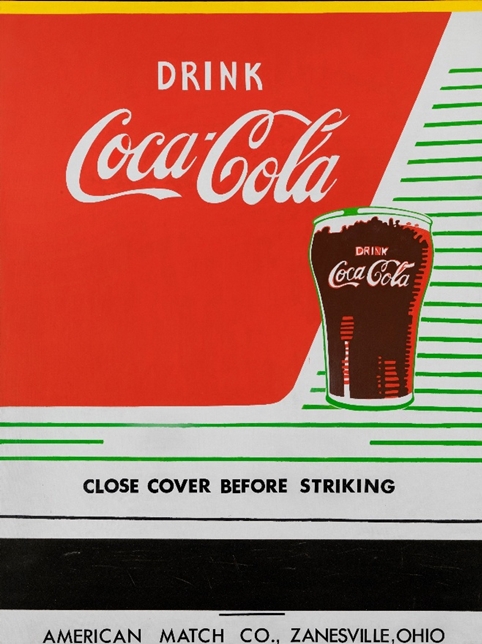The power of Pop
Missouri Creative’s Paul Brennan reflects on the new Pop Art and Design exhibition at The Barbican, and considers what brands can learn from the enduring ‘power of Pop’.

After a stroll around the new exhibition on Pop Art and Design at the Barbican, one can’t help but be seduced by the colourful objects that literally pop in front of your eyes. Beautifully curated and displayed, it’s one of those exhibitions that delivers an instant upbeat ‘take out’, whether you spend two hours or just 15 minutes enjoying the experience.
But just why do we find ‘Pop’ so captivating and powerful? And what can today’s brands learn from this enduringly ‘popular’ art form?
For my mind, the power of Pop is all about its instant and universal accessibility. Pop art is a form of visual shorthand, built from iconic graphic forms. Everyday references are simple, direct and sometimes brutally obvious. Take the ‘Big Donut Drive-in’ roadside restaurant, with its 60ft high donut proudly perched on the roof or the curvy seductive ‘lips sofa’ – not much visual decoding needed here, nor even time to decide if you like it.

Source: Herman Miller Furniture Company Collection, Vitra Design Museum
George Nelson Associates, Inc. (Irving Harper) Marshmallow, sofa, 1956
Pop’s popularity endures because it is quick and easy to enjoy – not just for art fans but for everyone. For many people, I suspect most of the exhibits at the Barbican are already totally familiar and seem to be indelibly embossed into our minds.
Fast forward to 2013, what brands from today capture the zeitgeist of ‘now’ and best display today’s popular culture?
The very definition of ‘Pop’ leads us to things that are commercial and accessible, but above all things that are created with broad appeal. It is this democratic approach that gives brands an instant appeal – they are not designed for special people or special occasions, they are for everyone, everyday.

Source: © 2012 The Andy Warhol Foundation for the Visual Arts, Inc./Artists Rights Society (ARS), New York/
Andy Warhol, Close Cover Before Striking, 1962. Collection Louisiana Museum of Modern Art
Today there are some stand-out examples of brands that ‘Pop’. Take Happy Socks, whose aim is to spread happiness through its range of colourful socks, or Havaianas, which seems to capture the energy and spirit of Brazil with its exuberant range of flip-flops.
A more recent arrival is Tokyobike, creator of a distinctive range of colourful bikes which are designed not for speed but to ‘take your time and enjoy the journey’. Even bigger claims are made by Uniqlo, which make ‘clothes for all’ and which believes that its clothes can ‘change the world’.
These brands seem to have a collective ethos of optimism and happiness. They are on a mission to elevate the ordinary by using simple powerful tools such as colour, joy and imagination while never taking themselves seriously. They encourage us to ‘take a walk on the bright side’, transporting us into a happier place within an instant. As they say, ‘What’s not to like?’
Paul Brennan is creative partner at Missouri Creative.
-
Post a comment




